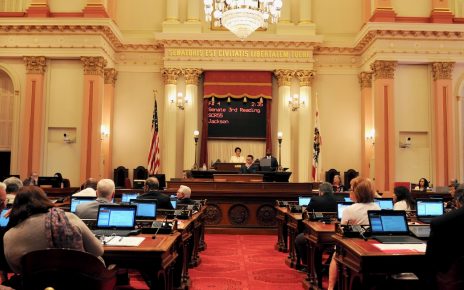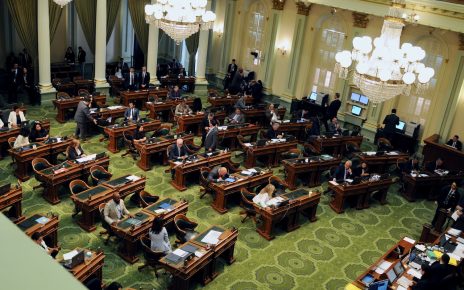Interesting Sections of California Bills
Over the years, I have come across some provisions of California legislation that appear at least inconsistent with general drafting norms. This statement is not meant to be a criticism of either a bill’s author or the bill drafter; it...







